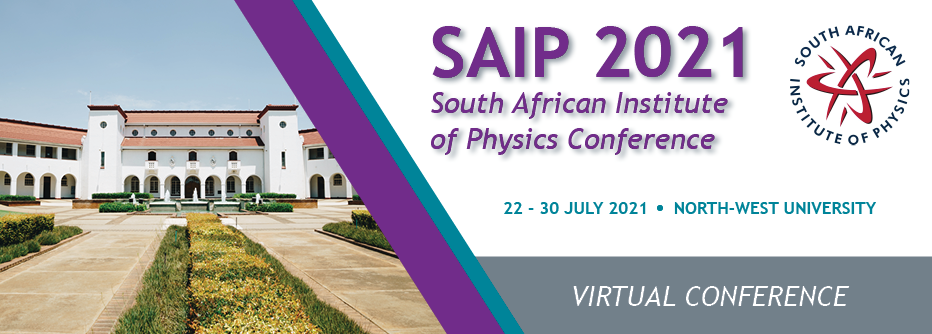Speaker
Description
Single-beam coherent anti-Stokes Raman scattering (SB-CARS) spectroscopy is a special implementation of CARS which utilises a single broadband light source, as opposed to the up to three lasers found in a traditional implementation. This CARS configuration, in combination with spectral focusing, has been shown to be able to target and isolate chosen Raman transitions from broad spectra in applications such as microscopy and stand-off detection. The experimental setup combines our unique white light source with our novel pulse characterization technique do develop new improved methods for SB-CARS.
In our implementation of SB-CARS we employ a fs-oscillator which pumps an all-normal dispersion photonic crystal fiber to produce a supercontinuum. The supercontinuum pulses arrive at the sample plane at a pulse repetition rate of 80 MHz, as inherited from the oscillator, and a pulse energy of 0.69 nJ. This configuration allows for fast acquisition of measurements with very low pulse energies. In order to utilise the temporally dispersed supercontinuum, with a bandwidth of about 100 nm, to its full extent, a ptychographic pulse reconstruction algorithm, i2PIE, is employed to ensure that pulses arrive at the sample plane compressed to near Fourier limit.
In this presentation we highlight two spectral focusing pulse shaping strategies implemented in the described setup. Spectral focusing allows for the targeting of chosen Raman transitions within the SB-CARS spectrum. These strategies use the introduction of known phase functions in the form of either quadratic phase functions or carefully tailored binary sequences. We show that the signal-to-background of spectra can be larger by a factor of three when using quadratic phase functions as compared to spectra obtained using binary sequences.
Apply to be considered for a student ; award (Yes / No)?
No
Level for award;(Hons, MSc, PhD, N/A)?
N/A

